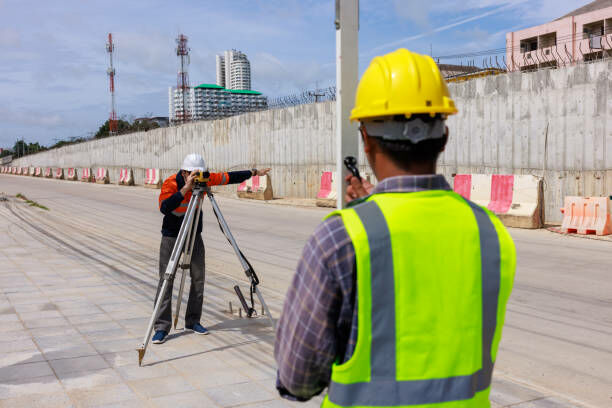Thailand’s Land Bridge project eyed for boosting economy amid local concerns

Thailand’s Land Bridge project, a major infrastructure initiative resembling a proposed shortcut through Southeast Asia, dominated the recent mobile Cabinet meeting in Ranong. Residents expressed apprehensions to Prime Minister Srettha Thavisin, highlighting potential environmental damage and disruptions to their lifestyle.
In the face of forecasted stagnant GDP growth, the government views the Land Bridge project as a promising solution for attracting large-scale foreign investment. The funding for this initiative is anticipated to come from the private sector through a public-private partnership (PPP).
This proposed logistics shortcut, featuring deep-sea ports, railways, and a new economic zone, is not a novel idea for Southeast Asia. The Dawei economic zone in Myanmar, which remains suspended, aimed to establish a new logistics route connecting inland freight within Southeast Asia to a Dawei port, effectively bypassing the Malacca Strait.
However, the uncertainty of the Thai contractor’s financial situation impacted the private investment-dependent Dawei project, affecting Japanese funding. Thus, the Thai government’s pursuit of the Land Bridge project should take lessons from the Dawei episode to comprehend the challenges ahead.
Chaichan Chareonsuk, chairman of the Thai National Shippers’ Council, drew parallels between the Land Bridge and the Dawei projects, both of which are supply-driven. Both projects carry the same risk of constant changes in the global supply chain over the project’s duration. He highlighted the unpredictability of maritime transport and export markets, stressing that future changes could significantly impact the projects.
The government could increase the project’s success chances by reducing its size considering global demand, developing a comprehensive development direction for the Southern Economic Corridor before infrastructure building, and aligning projects with the country’s needs and direction. Chaichan emphasised the need for sustainable development, promoting environmentally friendly industries, health tourism, and adding value to agricultural products within the project areas.
Cargo transport
The Land Bridge project, which the government considers its largest scheme to propel the country’s economy, involves building two deep-sea ports and 90 kilometres of road and rail lines. The project, which aims to facilitate cargo transport between Chumphon on the eastern coast along the Gulf of Thailand to Ranong on the western coast along the Andaman Sea, would serve as a new logistics and transport hub and offer an alternative route for shipping.
The scheme is expected to reduce travel time from nine days to five days, thus decreasing shipping expenses. The initial concept involves building a transport route for goods from the Eastern Economic Corridor (EEC) at Laem Chabang port to the Andaman Coast for around eight million tonnes annually. The project is also expected to serve as a development model for the Southern Economic Corridor, with China predicted to benefit the most, reported Bangkok Post.
However, the project’s potential impact on fiscal stability, society, and the environment needs careful consideration, as cautioned by Somjai Phagaphasvivat, an independent political and economic analyst. He also stressed the need to consider several uncontrollable external factors that could affect the economy.
Kevalin Wangpichayasuk, deputy managing director of Kasikorn Research Center, said the Thai government’s ability to disburse budget and mobilise funding to support the project gives it a significant advantage over the failed Dawei project. The government needs to evaluate recent changes in geopolitics to ensure there is sufficient demand for shipments through this region to justify the Land Bridge.
If successfully developed, the Land Bridge scheme could transform parts of the southern region into a new economic engine for the country, similar to the Eastern Seaboard. This project could attract investors from the Middle East and China, leading to the development of many industries such as oil refining and petrochemical manufacturing.
Latest Thailand News
Follow The Thaiger on Google News:


























